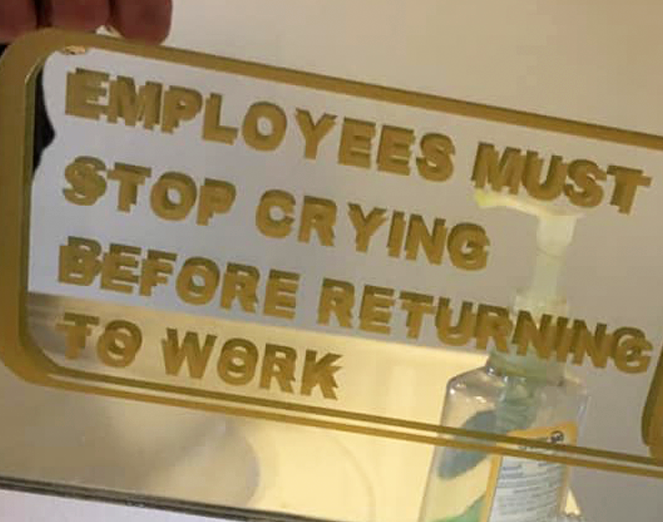I used GPT to help me plan a 2 week long road trip with my family. It was pretty fucking awesome at finding cool places to stop and activities for my kids to do.
It definitely made some stupid ass suggestions that would have routed us far off our course, or suggested stopping at places 15 minutes into our trip, but sifting through the slop was still a lot quicker than doing all of the research myself.
I also use GPT to make birthday cards. Have it generate an image of some kind of inside joke etc. I used to do these by hand, and this makes it way quicker.
I also use it at work for sending out communications and stuff. It can take the information I have and format it and professionalize it really quick.
I also use it for Powershell scripting here and there, but it does some really wacky stuff sometimes that I have to go in and fix. Or it halucinates entire modules that don’t exist and when I point it out it’s like “good catch! That doesn’t exist!” and it always gives me a little chuckle. My rule with AI and Powershell is that I don’t ask it to do things that I don’t already know how to do. I like to learn things and be good at my job, but I don’t mind using GPT to help with some of the busy work.













This may be anecdotal, but I ran into this exact same issue a few weeks ago. The suggested 20% was significantly higher than the 20% on the bill. It took me a little bit to figure out, but we were at the restaurant for a steak special and happy hour. The 20% tip was for the non-special price. For example, the steak and two sides special was $18, but the normal price was $28. The drinks were $5 but the normal price was $8. So the suggested tip was 20% of $36, not 20% of $23. These aren’t the exact numbers, and there were two of us, but you get the idea. The POS/Tip suggestion is setup so the servers don’t get the shit end of the stick when the restaurant is doing a deal/special. I’m not sure I fully agree with it, and I have my own beef with tipping culture in general, but I’m just looking to explain what might be seen in OP’s photo.